Navigating IT Security Regulations: A Guide for Information Technology Professionals
The rapid evolution of information technology has transformed how businesses operate, but with these advancements come significant challenges, particularly in the realm of IT security. Navigating the landscape of regulation surrounding IT security is no small feat, yet it is essential for protecting sensitive data and ensuring compliance with legal standards. For IT professionals, understanding these regulations not only safeguards their organizations but also bolsters their careers.
As information technology continues to expand its reach, various regulations emerge. Legislation such as the General Data Protection Regulation (GDPR) and the Health Insurance Portability and Accountability Act (HIPAA) serve as prime examples of how the regulatory landscape has shifted to demand more robust security protocols. IT professionals must familiarize themselves with these regulations to avoid the heavy penalties associated with non-compliance, which can be both financial and reputational.
Moreover, navigating the maze of regulations can often feel overwhelming. Each regulation tends to come with its own set of complexities, and the stakes are high. Imagine investing time to develop an IT framework only to discover that your organization’s current practices don’t comply with prevailing regulations. Thus, staying informed and up-to-date is paramount.
Information technology professionals are tasked with a dual responsibility: implementing effective security measures and ensuring all practices align with the necessary regulations. This requires continual education and adaptation, as regulations frequently change to keep pace with the evolving technological landscape. Regular training sessions and compliance audits are effective ways to maintain an informed workforce and a resilient IT environment.
The role of technology in compliance cannot be overstated. Advanced tools and software can streamline the compliance process, making it easier to monitor adherence to various regulations. Utilizing data loss prevention (DLP) systems, endpoint security solutions, and encryption technologies are just a few strategies that IT professionals can employ to enhance security and facilitate regulatory compliance.
Furthermore, it’s crucial to foster a culture of security within the organization. Engaging all employees—beyond just the IT department—in compliance training creates a comprehensive defense against potential breaches. When everyone understands the significance of adhering to regulations, the organization becomes a united front in its efforts to protect data and comply with relevant regulations.
Ultimately, regulations serve as both a guide and a framework for ensuring data security. They instill a sense of responsibility among IT professionals, driving them to uphold the highest standards for data protection. By consistently evaluating their practices against current regulations, IT professionals can successfully safeguard their organizations, all while boosting their professional credibility and expertise in the IT landscape.



